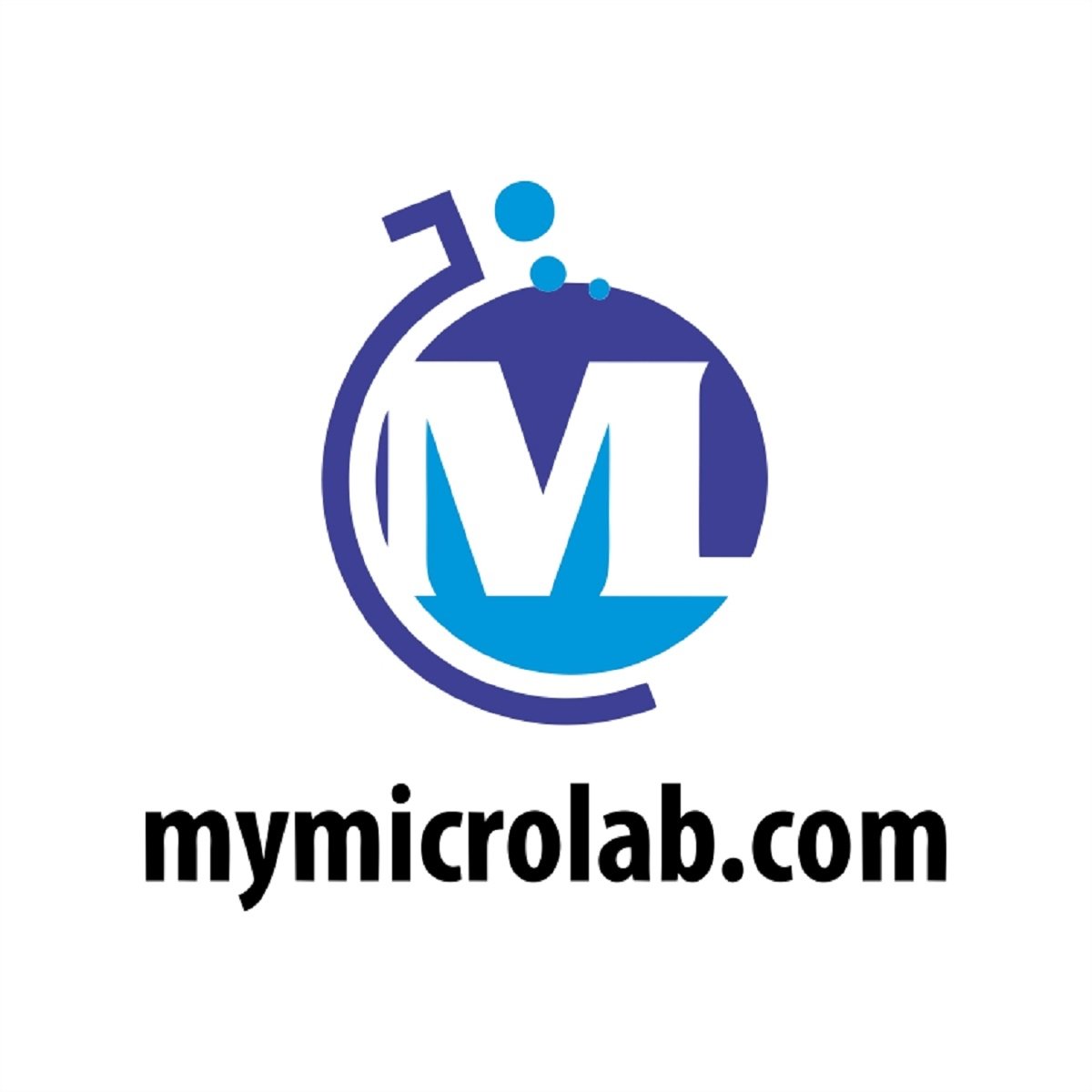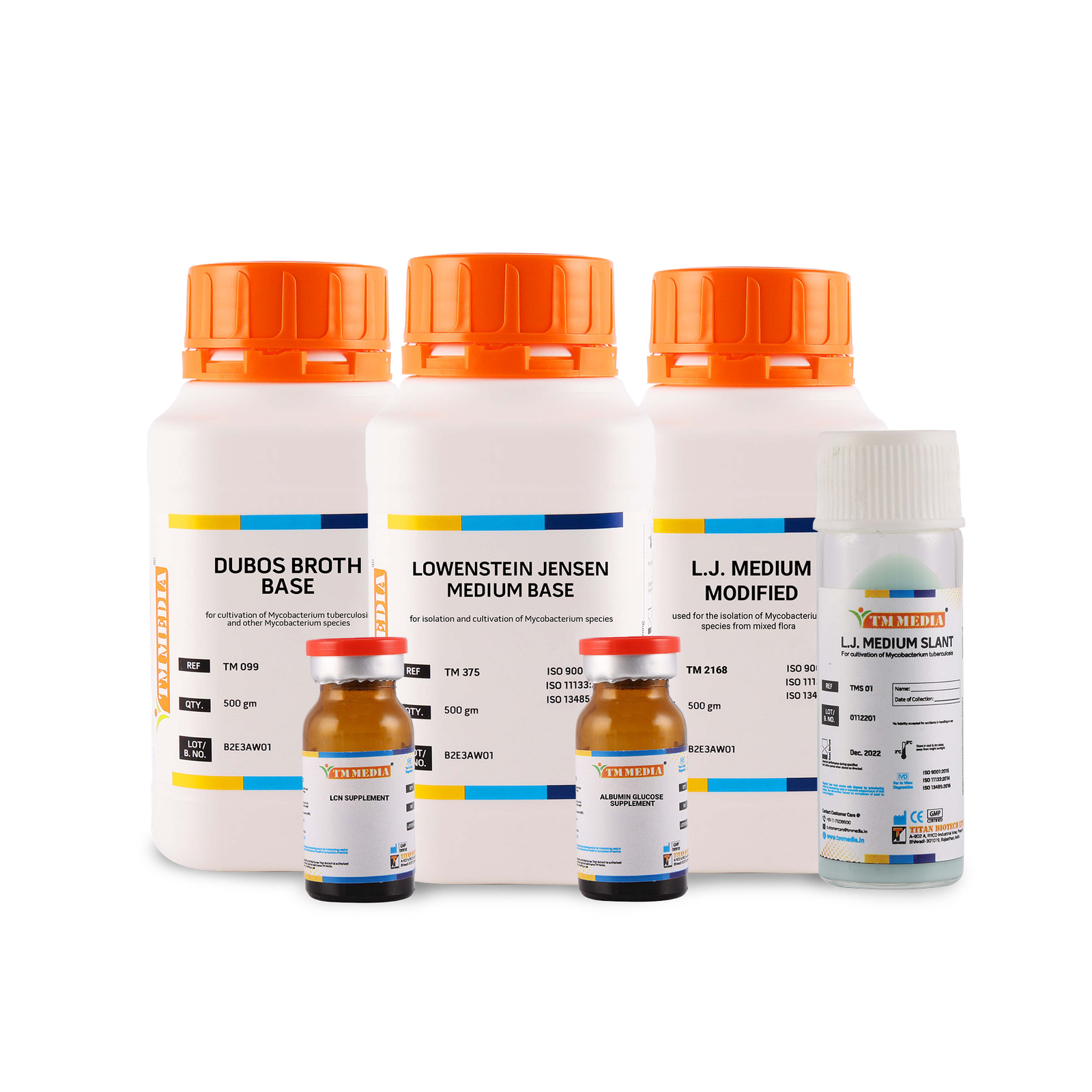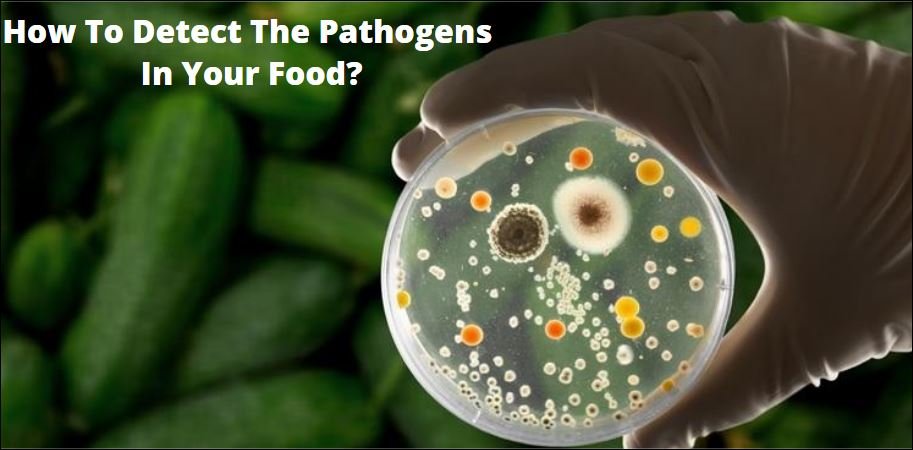Free Shipping for all Order of ₹500
COD payment is available.
Blog
Tuberculosis Diagnostic Kit – Your Key to Accurate and Effortless TB Detection!
In the ongoing battle against tuberculosis (TB), accurate and efficient diagnostics are vital. Our Tuberculosis Diagnostic Kit is a go-to solution, meticulously crafted to enhance the precision of TB diagnosis. This comprehensive kit comprises essential components designed to cultivate, isolate, and identify Mycobacterium tuberculosis, the causative agent of TB.

Understanding the Tuberculosis Diagnostic Kit
The Tuberculosis Diagnostic Kit is a sophisticated ensemble of cultivation and isolation mediums meticulously designed to cater to the specific needs of diagnosing Mycobacterium tuberculosis infections. This kit empowers healthcare professionals with a powerful collection to detect TB with precision, thereby facilitating prompt and accurate interventions.
Key Components
Various Approaches for Microbiological Assessment of Water Quality
Various Approaches for Microbiological Assessment of Water Quality
Water is a critical resource for sustaining life. To ensure the safety and purity of water, it becomes imperative to employ robust methodologies for evaluating its microbial content. The assessment of harmful microorganisms in water sources hinges on microbiological testing. In this blog, we will delve into various techniques for microbiological evaluation of water quality.
Techniques for Water Microbial Count:
- Membrane Filtration Method: The widely adopted technique involves passing a known volume of water through a 0.45-micron membrane filter. Microorganisms are retained on the filter, then transferred to a solid culture medium for growth and enumeration. Our Membrane Filtration Funnel, paired with CN Gridded Membranes, provides an ideal solution for this technique.
- Multiple-Tube Fermentation
How To Detect The Pathogens In Your Food?
As COVID-19 is taking over the world’s attention, people around the globe have grown increasingly concerned with sanitization and sterilization of goods and products entering their homes. One such class of daily commodities is Fruits and Vegetables. Food items can be potential carriers of the virus if they are handled by infected people. But under the fame of COVID-19 pandemic, we shouldn’t forget about the other criminals taking part in this crime. Some bacteria, fungi and parasites could also make for troubling pathogens, likely enough to get us ill and make us pay for a ride at the hospital. According to a Times of India study in 2019, India incurs a cost of 15 billion dollars annually to pay for foodborne illness. Statistics reveal that India faced 100 million cases of foodborne illness in 2011. Researchers strongly believe that the number of these cases can go up to 150-177 million by 2030. This means that the situation can turn worse from one person being infected amongst twelve in







The information below is required for social login
Sign In
Create New Account